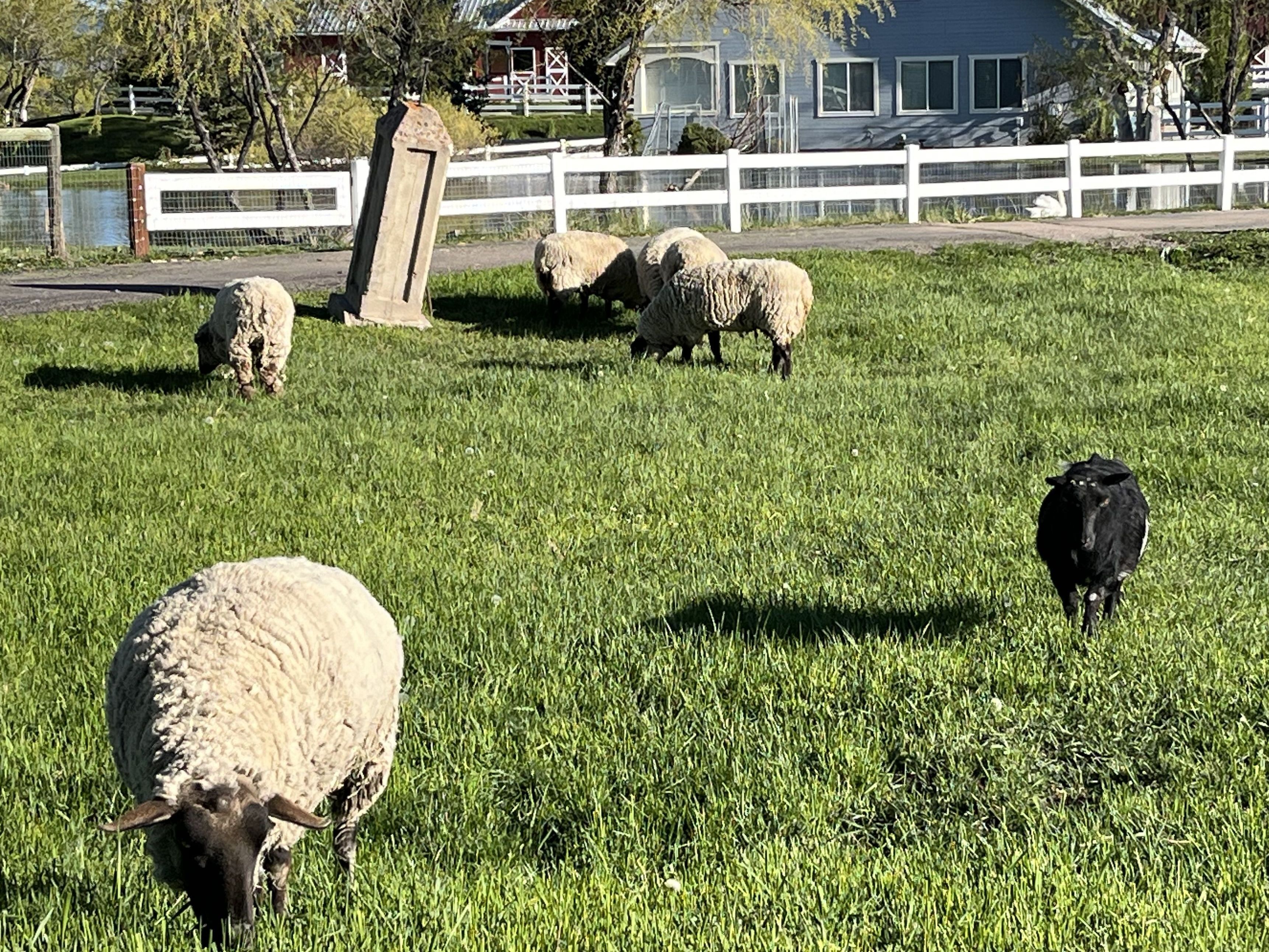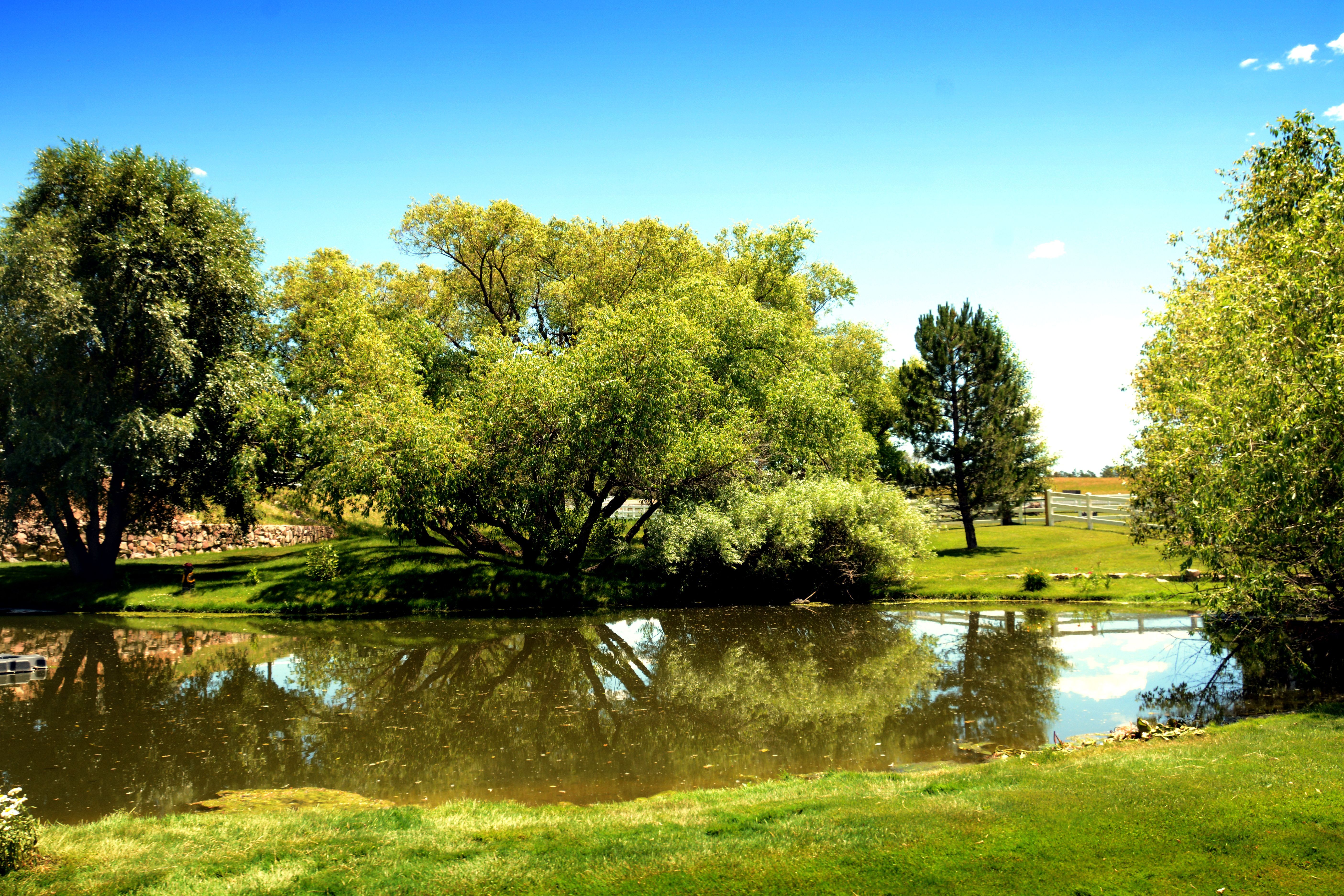
As the grass begins comes up, our sheep let us know it is time to go out to pasture! Every spring, Sid and Beatrice are always the first to let us know the grass needs eating and they become especially insistent that the have access to the grass. Soon too, the alpacas, llamas and goats take notice and they also start very obviously asking us to open gates. How do they communicate with us you ask? The sheep and goats use their voices while the alpacas try to influence with intense staring! Mornings have a new animal energy this time of year, that is for sure.
Our sheep, goats, alpacas and llamas live in areas that are considered “dry-lots”. While there may be vegetation in their enclosures, it usually is populated by plants that are not necessarily used by grazing animals. For this reason, they all have access to hay 24/7 to enjoy free-choice.
We use an abundance of caution in introducing the grass in early spring as we know that sudden dietary changes are one of the biggest culprits in rumen acidosis in both ruminants and pseudo-ruminants and we’d rather not invite trouble. Their access to hay free-choice ensures that when they go out on their grass, they aren’t ravenous and that works in our favor.
This year we have seen not only alfalfa sprout up but also, more clover than in previous years. We carefully monitor how much time the herds are exposed to these plants, limiting access to 15 minutes at a time, gradually increasing the time over a month. By the time they are out for an hour or so, they are ready to be out-to-pasture (OTP) free-choice.
Goats, like deer and other ungulates are browsers and therefore will also eat the leaves off of trees and bushes – pretty much any vegetation is fair game for them so they also need help regulating their plant consumption. It is interesting to watch which plants are preferred by which animals.

